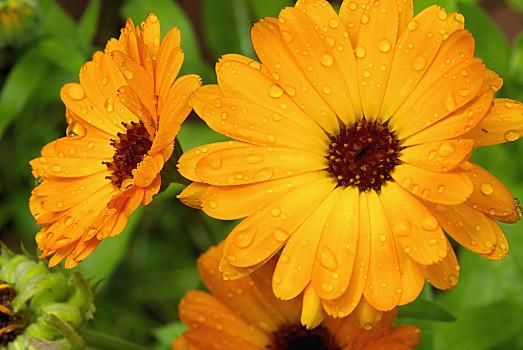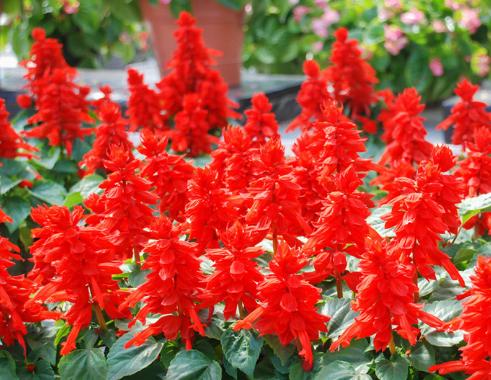Austrobaileyaceae is an interesting plant family that consists of only one genus, Austrobaileya. It is native to certain regions of Australia and New Guinea. What makes Austrobaileyaceae unique is that it has some ancient features that are found in both angiosperms (flowering plants) and gymnosperms (non-flowering plants).
The story of Austrobaileyaceae dates back to around 130 million years ago when it diverged from its closest relatives. It is often considered a “living fossil” as it has retained many primitive traits that have been lost in most modern plants.
One fascinating fact about Austrobaileyaceae is its reproductive system. Unlike most flowering plants, it does not solely rely on insects for pollination. Instead, it relies on the wind and gravity to disperse its pollen, similar to gymnosperms. This unique strategy highlights the evolutionary significance of Austrobaileyaceae.
In conclusion, Austrobaileyaceae’s intriguing story lies in its ancient lineage, primitive characteristics, and unconventional reproductive system.
Picture
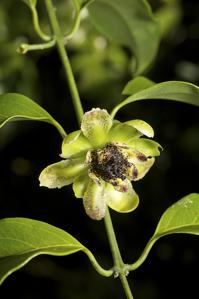
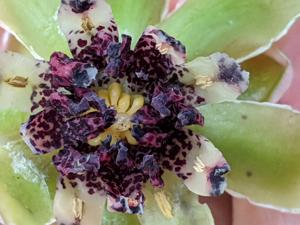
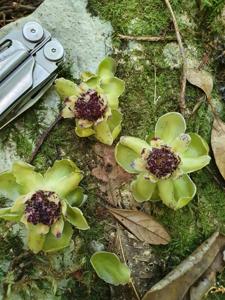
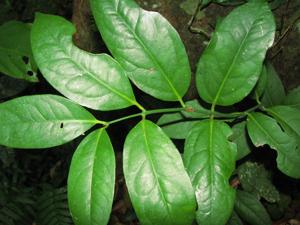
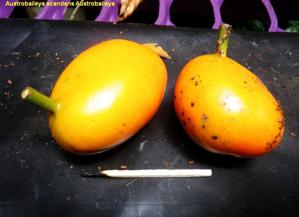
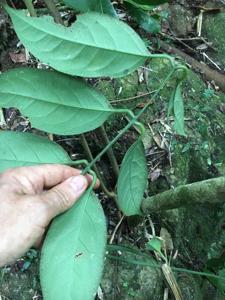
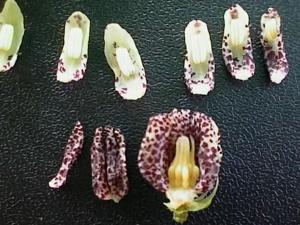
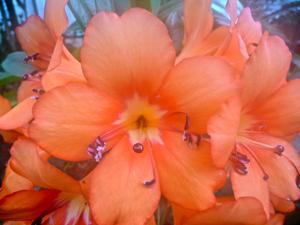
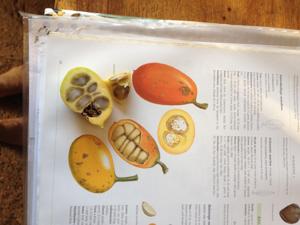
Plant some seeds now!
Short Description
Austrobaileya is the sole genus consisting of a single species that constitutes the entire flowering plant family Austrobaileyaceae. The species Austrobaileya scandens grows naturally only in the Wet Tropics rainforests of northeastern Queensland, Australia.
The name A. maculata is recognised as a synonym of A. scandens.
Austrobaileya plants grow as woody lianas or vines. Their main growing stems loosely twine, with straight, extending, leafy branches. The leaves are leathery, veined and simple. The leaves produce essential oils in spherical ethereal oil cells. Their foliage is damaged by oxidation in direct sunlight, so it tends to grow beneath the rainforest canopy, in low-sunlight and very humid conditions. Like many other flowering plants growing in the understory of tropical rainforest, it does not have palisade mesophyll tissue or low leaf photosynthetic rates. It relies strongly on vegetative reproduction for continuation of the species.[citation needed]

